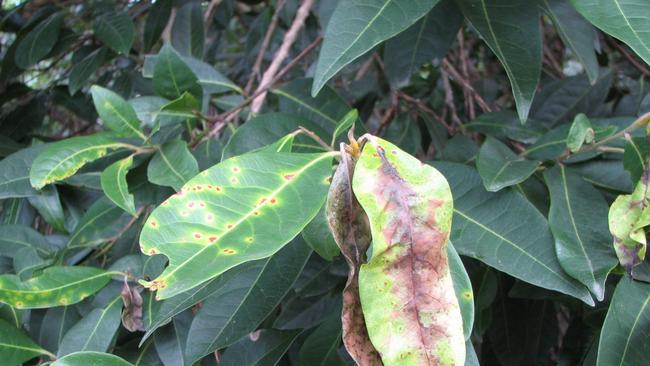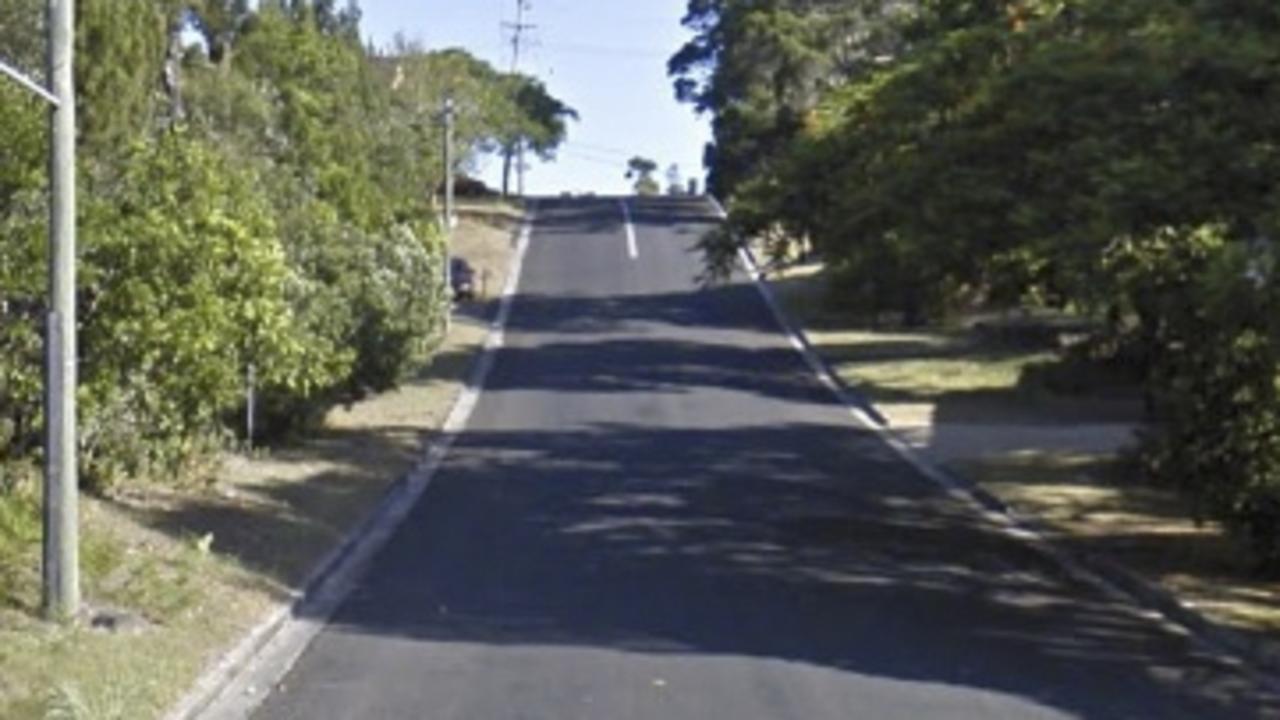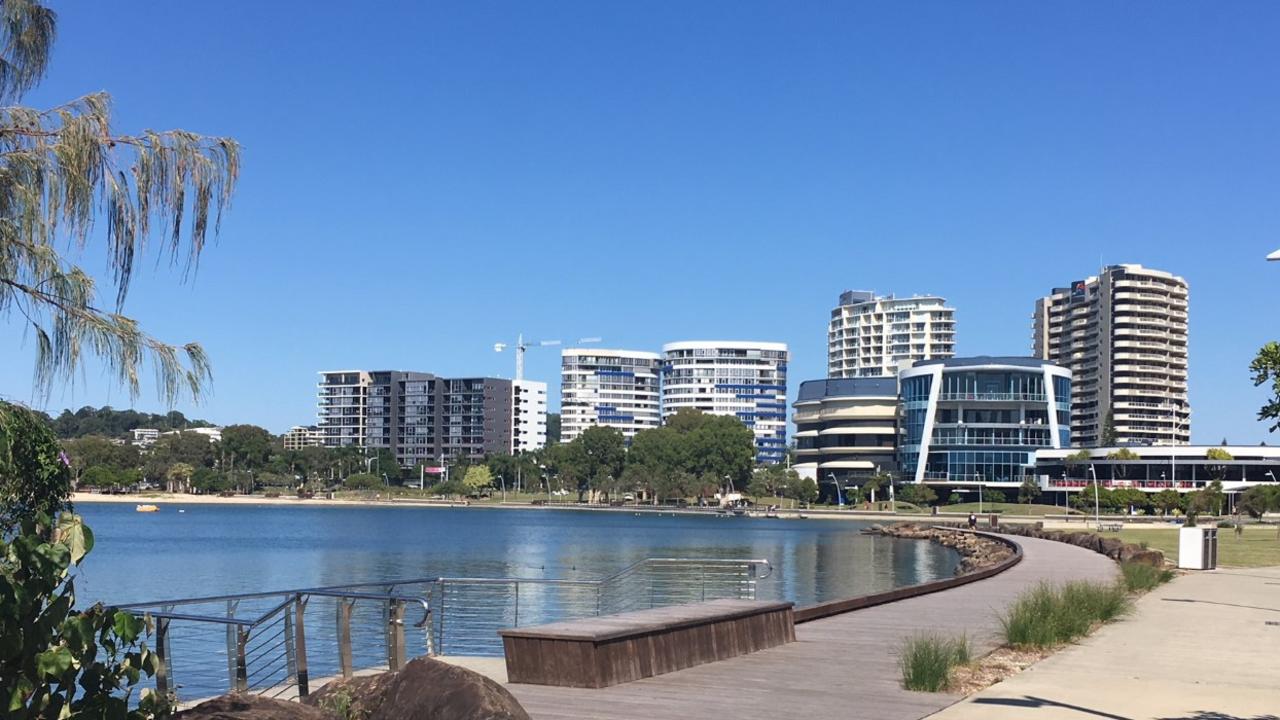Some hope for guava hit by ‘ferocious’ disease
IT’S suffered an “unprecedentedly” swift decline since being hit by a fast-spreading disease.

Byron Shire
Don't miss out on the headlines from Byron Shire. Followed categories will be added to My News.
THE population of the native guava, once common between Newcastle and Gympie, has been decimated by a disease which has only been in Australia since 2010.
But scientists are hopeful some remaining specimens at Cape Byron could help to protect the species from extinction.
Most wild populations of native guava have been wiped out by a fungal disease known as myrtle rust.

Scientists from the Australian Government’s National Environmental Science Program have been monitoring the species.
Lead scientist Dr Rod Fensham from The University of Queensland said some suckers remain at Cape Byron and researchers want to find out whether these specimens will be capable of fruiting, and therefore reproducing.
He said the suckers appear less affected by myrtle rust than others, and there’s a chance they could hold some resistance to the disease.
Dr Fensham said the demise of the species had been “unprecedentedly” swift in the decade since myrtle rust arrived in Australia.

“It’s just really ferocious and a bit scary,” he said.
“It’s absolutely a race against time.
Some “rescue gardens” have become home to some of the trees beyond the reach of the disease as scientists try to find a way to protect those remaining in the wild.
While Dr Fensham said this is akin to “having the last Tasmanian tiger living in a zoo”, it’s an important opportunity to keep some of the trees thriving.
“The most important thing is to try to find strains of the guava in the wild that might be resistant,” he said.
“(At Cape Byron) it looks like that may be the best option with some potentially resistant plants.
“There are some plants there that don’t look too severely affected.”
He said another option which could be possible is applying fungicidal spray to affected plants to bring them back from the brink.
“There’s not a heap of options,” he said.
It’s understood the disease is spread through the air, making it tricky to contain.
“It seems the spores are just in the air,” he said.
“It’s not about stopping people from going into those areas like it can be with other plant diseases.”
He said this specific strain of the disease first appeared in Australia in a nursery and was likely transported on imported material.
Residents who would like to get involved and help researchers can contact Dr Fensham via email: rod.fensham@des.qld.gov.au.


